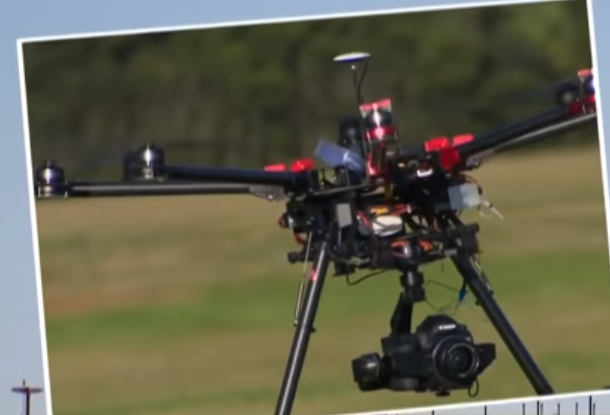After struggling with dozens of drone sightings by shutting down operations twice, Gatwick Airport south of London finally brought in a system designed by an Israeli company to detect drones according to British media. The challenge of keeping drones and planes apart is growing more difficult and even accidentally bumping into a plane could be disastrous. A larger format drone 10 to 15 pounds could do a significant amount of damage to an airplane and if it were close to the ground. It could result in loss of the airplanes. Even more worrisome is the prospect of an intentional attack.

IS terrorists overseas have been using hobbyist drones to carry explosives or dropped small bombs. Congress has been slow to respond to the drone threat. It only recently gave the federal government authority to disable drones that fly into restricted airspace and security experts say most airports are not prepared to deal with them. Salt Lake City's Airport is monitoring two of its runways with a system to deal with potential drones made by a Utah company. It uses radar to detect them and dispatches a drone hunter to bring them down. The company's CEO says it's not just airports that are unprepared. When we go into stadiums, when we go to airports, there's fences, there's all sorts of checkpoints and what we're learning now is that America needs to invest in airspace security just like ground security. It's a rapidly growing threat with 2 million drones estimated to be in the hands of American hobbyists by the end of 2019.











